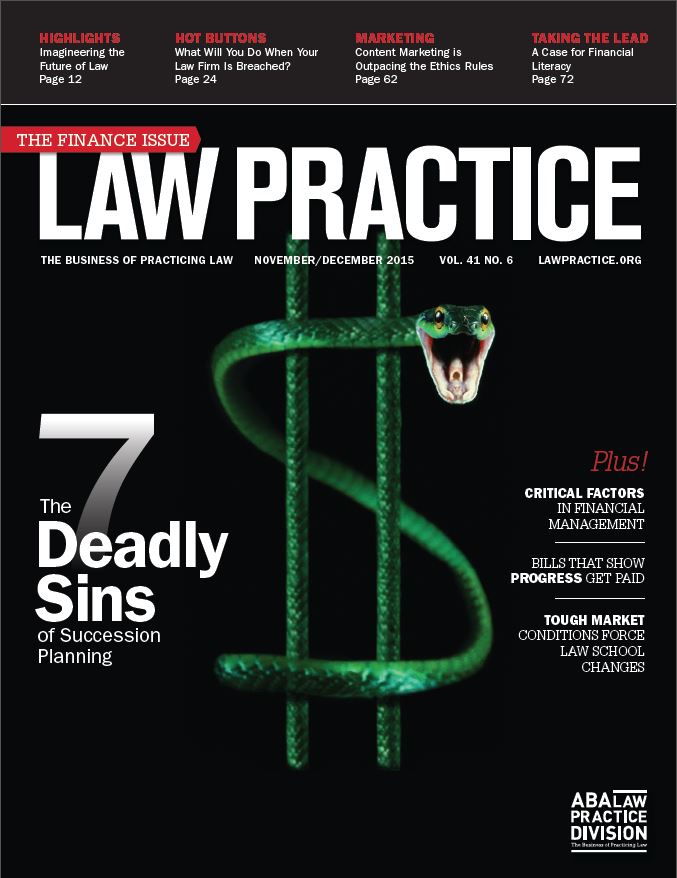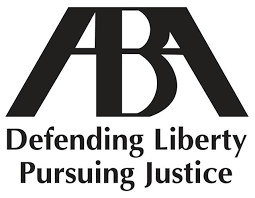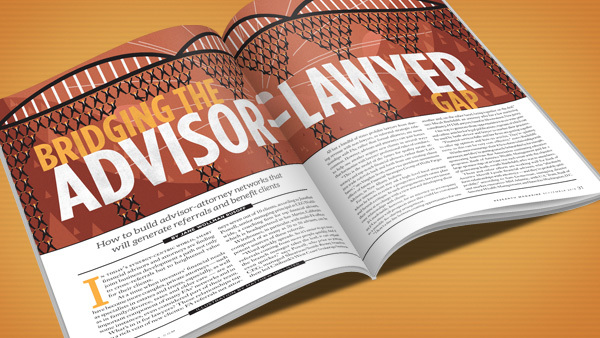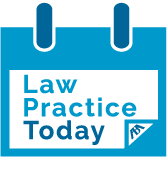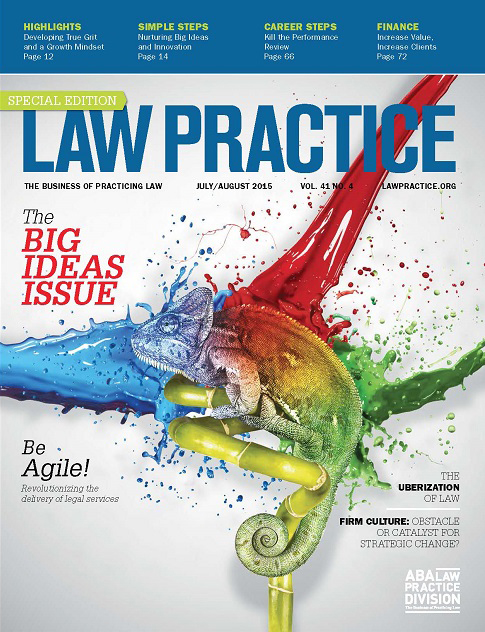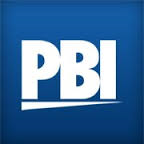 If it is August (another Pennsylvania bar CLE compliance month), then it must be time for another round of ethics CLEs for the PA Bar Institute (PBI). This month, besides my usual PBI ethics potpourri program hour (presented every April, August and December), you can catch me at the Jersey shore too, reprising “Linkedout and Mistweeted – Ethical Uses of Social Networking in Marketing Your Law Practice,” a hit program from 2014 (updated!).
If it is August (another Pennsylvania bar CLE compliance month), then it must be time for another round of ethics CLEs for the PA Bar Institute (PBI). This month, besides my usual PBI ethics potpourri program hour (presented every April, August and December), you can catch me at the Jersey shore too, reprising “Linkedout and Mistweeted – Ethical Uses of Social Networking in Marketing Your Law Practice,” a hit program from 2014 (updated!).
“Law Marketing and Ethics 2015 Update: Balancing Smart Business Development, Adhering to the Rules,” will be presented in Mechanicsburg on August 20th, Pittsburgh on August 25th and Philadelphia on August 27th. In the 38 years since Bates v. Arizona, law firm marketing has grown from whether or not to advertise to committing significant resources toward business development. The trick is to do so in an effective, dignified and ethical fashion. In this newly updated one-hour ethics program, learn about the rules, regulations and ethics opinions that require the greatest attention, how to improve your marketing efforts without missteps, and discuss real-life examples and intriguing hypotheticals in this fast-paced, entertaining course.
When PBI asked if I could reprise Linkedout and Mistweeted as part of the CLE Down the Shore program in Atlantic City on August 14th, I said sure. After all, how much could I really lose at the blackjack and craps tables before and after my session at the Golden Nugget Hotel? The answer, of course, is plenty. At least my room and meal are comped. However, “reprise” is a bit misleading–as my slide deck from December 2014 is already quite outdated. Social media issues continue to be prevalent. The program has been updated through July 2015 to include recent ethics opinions and rule changes impacted by the use of social media for lawyer marketing purposes. What are the implications of LinkedIn’s recommendations, endorsements and specialization components? How have state bars addressed these issues? You’ll learn the how-to, how-not-to and the latest lessons in social networking participation.
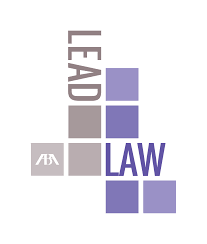 In the December issue of the American Bar Association’s Law Practice Today, I recap the inaugural ABA Lead Law program, a lawyer leadership conference presented by the American Bar Association’s Law Practice Division.
In the December issue of the American Bar Association’s Law Practice Today, I recap the inaugural ABA Lead Law program, a lawyer leadership conference presented by the American Bar Association’s Law Practice Division.



